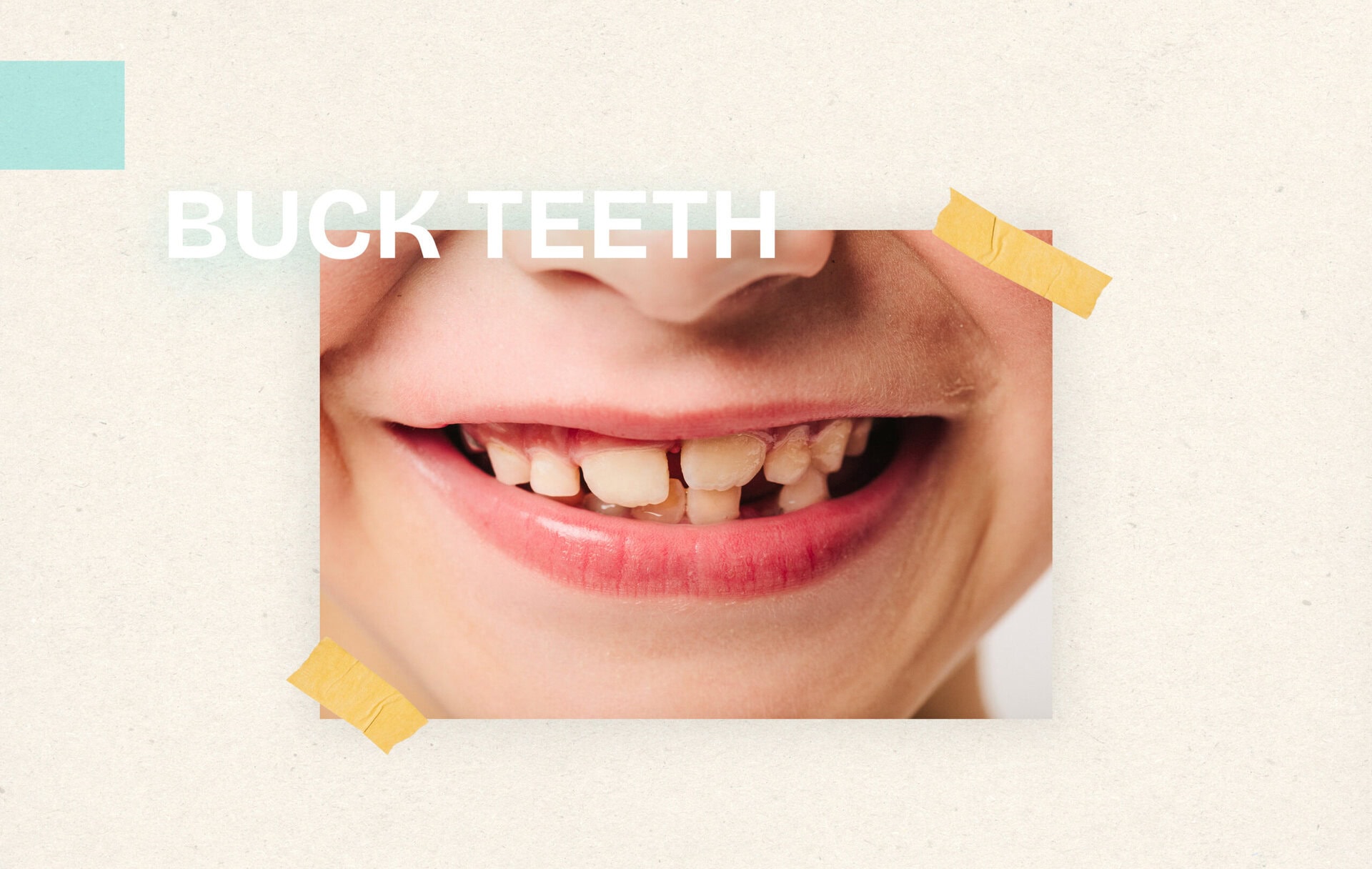Menu
Free Consultation

“Buck teeth” is the everyday term for excessively protrusive upper front teeth dentists typically call this a Class II malocclusion with increased overjet. Besides the cosmetic impact, prominent incisors can affect speech, lip seal, bite efficiency, enamel wear, and even trauma risk. If you’ve been searching what are buck teeth, how to fix buck teeth, or can braces fix buck teeth, this guide walks through causes, options (braces, clear aligners, growth-guidance appliances, or surgery), timelines, and realistic outcomes—so you can choose the path that fits your age, goals, and budget.
Primary keywords covered: buck teeth, how to fix buck teeth, how to get rid of buck teeth, can braces fix buck teeth, do braces fix buck teeth.
Supporting/related queries addressed respectfully: buck teeth emoji, crazy buck teeth lady face drawing painting, buck teeth hillbilly drawing painting, buck teeth hillbilly lady face drawing painting (see “Representation & art” near the end).
Definition: Buck teeth describe upper front teeth (maxillary incisors) that project forward relative to the lower teeth. Clinically, overjet (the horizontal distance from upper to lower front teeth) is increased beyond the typical 2–3 mm.
Not the same as overbite:
Why it matters:
Research shows that children and adults with visible buck teeth sometimes face teasing or lowered self-confidence, especially in cultures where straight teeth are highly valued. This can affect mental health and even career confidence. Correcting overjet often provides not just functional but also profound emotional benefits.
Buck teeth are often multifactorial a mix of skeletal growth patterns, dental habits, and space conditions:
Chronic nasal obstruction (allergies, enlarged adenoids/tonsils) can force children to mouth-breathe, changing facial growth. This is sometimes called “adenoid face” and often features buck teeth. Interdisciplinary treatment with orthodontists and ENT doctors can change outcomes dramatically.
There’s no one-size-fits-all plan. Orthodontists start with records (photos, digital scans, cephalometric X-rays), then design a plan around growth, severity, and facial aesthetics.
Best window: ages ~7–12 (pre-teen).
Goals: Improve jaw relationships and reduce future treatment complexity.
Outcome: Often reduces overjet, protects incisors from trauma, and sets up easier brace/aligner finishing later.
Can braces fix buck teeth? Do braces fix buck teeth?
Yes—traditional braces remain the workhorse for protrusive incisors across mild to severe cases.
How they work:
Typical timeline: 12–24 months, depending on severity and whether extractions/TADs are needed.
Modern systems (e.g., doctor-supervised aligners) can correct many protrusion cases using staged tooth movement, attachments, elastics, and IPR (tiny enamel polishing to create space). Aligners demand excellent wear compliance (20–22 hours/day). Complex skeletal problems may still need braces or surgery.
If facial profile is flat/concave or lips are thin, clinicians try to avoid extractions:
Choice depends on gum thickness, bone support, and smile aesthetics—your orthodontist measures these on scans.
When protrusion is large and lips/fullness need relief or crowding is severe first premolars are sometimes extracted to bring the front teeth back. Properly planned extraction cases can dramatically reduce overjet and improve facial balance without surgery.
If the upper and lower jaws are mismatched beyond what tooth movement can camouflage, a combined braces + jaw surgery plan may be recommended (e.g., mandibular advancement). This corrects the skeletal base, normalizes overjet/overbite, and can transform function and aesthetics. Surgery is considered after growth completion.
Comfort tips:
Any tooth movement carries risks—your clinician minimizes them with careful planning:
People often search for “buck teeth emoji,” “crazy buck teeth lady face drawing painting,” “buck teeth hillbilly drawing painting,” or “buck teeth hillbilly lady face drawing painting.” If you’re creating emojis, drawings, or paintings:
Characters in cartoons and films are often drawn with exaggerated front teeth for comedic effect. While lighthearted, such depictions can reinforce stereotypes. Dentists encourage awareness and respect, reminding us that orthodontics can transform both health and confidence.
A lay term for increased overjet—upper front teeth that project too far forward relative to the lowers. It may stem from jaw growth patterns, crowding, or habits.
Options include growth-guidance appliances (kids), braces or doctor-supervised clear aligners, with or without extractions, and orthognathic surgery for severe skeletal cases. Retainers maintain results.
There’s no instant fix. Mild dental protrusion can change within 6–12 months; complex or skeletal cases take 18–24+ months or may need surgery. Beware of “quick hacks”—they’re unsafe.
Yes. Braces are highly effective at retracting upper incisors, coordinating arches, and normalizing overjet—often using elastics, TADs, or, when indicated, extractions.
Both can work. Braces offer robust control in severe/complex cases; aligners are discreet and effective with excellent patient compliance. Your orthodontist can model outcomes for each.
Buck teeth are common—and very treatable. With the right diagnosis, a thoughtful plan (from interceptive growth-guidance to braces/aligners or, in select adults, surgery), and diligent retention, you can achieve a balanced bite and a confident smile. If you’re considering treatment, book a consultation with an orthodontist for records and a personalized roadmap; a few smart decisions now can protect your teeth from trauma, improve function, and elevate your smile for life.
